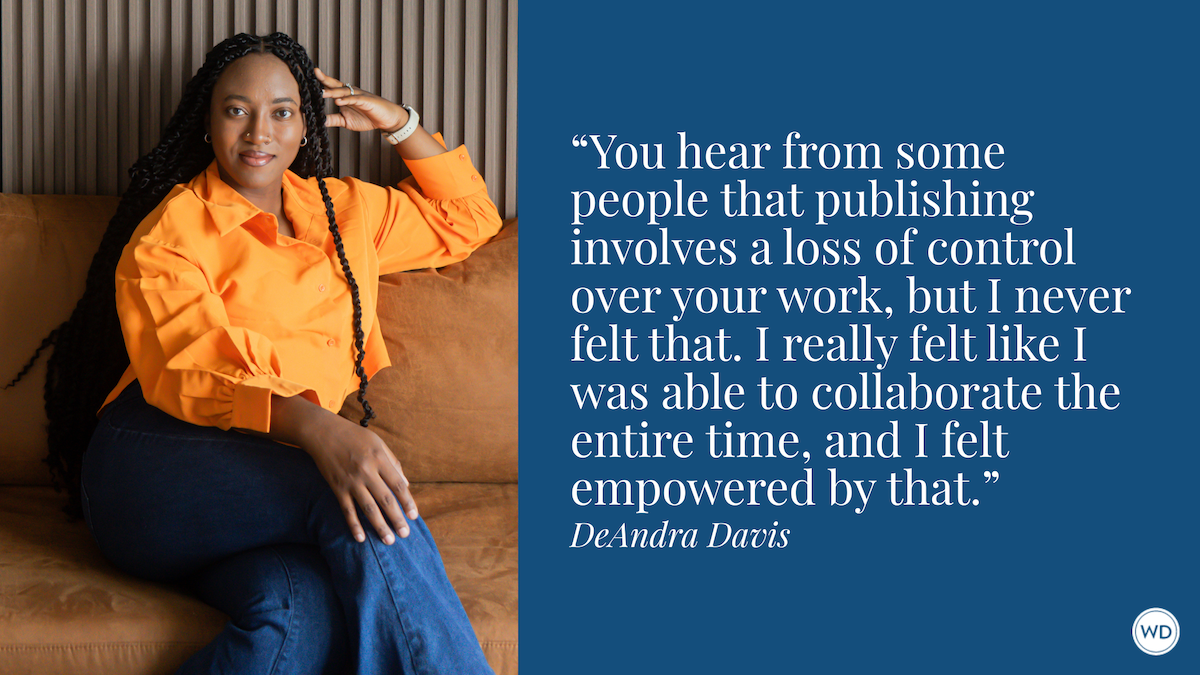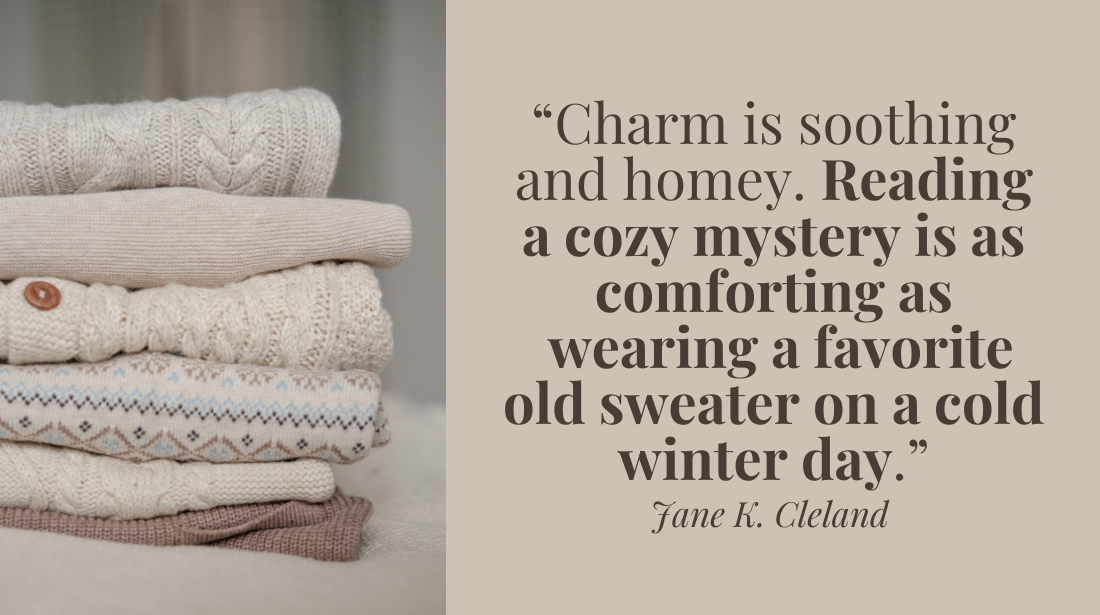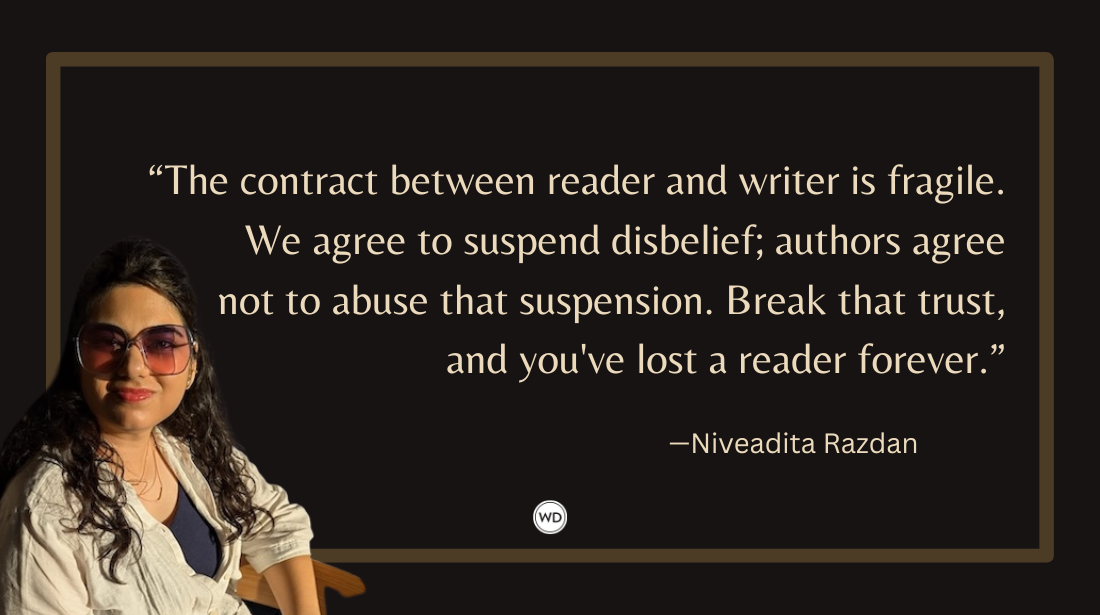6 Tips for Writing a Contemporary Ghost Story
R.M. Romero offers six tips for writing contemporary ghost stories, with examples of how she incorporated them into the process of writing her new novel, The Ghosts of Rose Hill.
We have always had to grapple with death and what (if anything) happens to us after our physical body dies, and ghost stories are an excellent way to examine such a difficult topic. From The Odyssey to A Christmas Carol to The Shining to Beloved, ghosts haunt our literary landscape.
But how do we write a ghost story in the 21st century? How do we bring spirits into a modern age where we are often quick to dismiss the supernatural?
When I was drafting The Ghosts of Rose Hill, my YA magical realism novel in verse, I started out by asking myself questions about the nature of the ghosts I wanted to write about—and what I wanted to say about life, death, and memory, concepts all heavily linked to hauntings.
To write a story first, you must decide who your ghost is.
This may sound simple, but who your ghost is will determine a lot about your ghost story in terms of characterization, world-building, and plot.
Is the ghost an echo of an event, a place’s memory of its own history? Are they a haunt, someone trapped in a moment they’re doomed to repeat over and over again? Or is the ghost simply a person who no longer has a body they can navigate the world with?
The spirits in The Ghosts of Rose Hill fall firmly in the third category. They remain very human after their deaths and are capable of experiencing anger, friendship, and grief. They can even fall in love…
Think about what your ghost wants.
To be a ghost is to be a person who can’t or won’t move on to whatever comes after death. The writer’s question then becomes why the ghost in their story is still attached to the living world.
Some spirits have unfinished business: a last message to deliver, a loved one they don’t want to be separated from, revenge they want to exact against their enemies or even their own killer. Other ghosts stay in the mortal realm because of an outside force: another spirit, a physical place that refuses to let them leave, a living person with an agenda who wants to use them. Then there are the ghosts who are in so much emotional pain that they can’t see beyond it; they may not even realize they’re dead.
IndieBound | Bookshop | Amazon
[WD uses affiliate links.]
Most ghost stories end in catharsis: The ghost is either forced to move on or they are liberated from the burdens that stopped them from entering the afterlife—whatever it may be.
I deliberately left what the afterlife is ambiguous in my book. As a Jew, the hereafter is a bit of a mystery; our focus is on living well in this world. The Ghosts of Rose Hill is primarily about the relationship between the living and the dead, not the dead and whatever the future holds for them. Your story, however, might choose to follow the ghost into the great beyond!
Explore what your ghost can do.
How physical are your ghosts? Can they move things around three-dimensional space or manipulate electricity? Can they be seen by anyone, or can they only manifest around psychic mediums? Can they possess the living to achieve their goals, like the dybbuk from Jewish folklore?
In The Ghosts of Rose Hill, the ghosts become more corporeal the more time they spend in the company of the living. They can learn to move small objects, but still remain invisible to most people. The heroine is only able to see the dead because her family is already haunted—by memories of generational trauma and loss.
Ask yourself if your ghost is friendly or malevolent.
Personally, I can never think of ghosts as frightening just because they are dead. After all, they were ordinary human beings before they passed away. The potential for horror lies in how people can be kind or cruel … and how death most likely wouldn’t change who they were in life.
To me, ghosts are melancholy creatures. They can’t create new experiences unless they interact with the living; they can only relive the ones they’ve already had. This makes the dead permanent exiles, unable to walk away from a world that has moved on without them but unable to be active participants in it any longer. As I wrote The Ghosts of Rose Hill, I chose to embrace that sense of wistfulness. My ghosts aren’t monsters…but they are being held captive by one.
Consider what your ghost looks like.
There are a number of possibilities! Pop culture is filled with images of ghosts as orbs, beings made out of light, or as frightening, demonic looking spirits with gaping mouths and huge black eyes. In popular ghost haunting shows, the viewer often can’t see the ghosts at all—they can only hear whispers of them. Which interpretation of the dead will you bring to life in your work?
I’ve always imagined ghosts to look fairly ordinary, like people captured in black and white photos. Life brings color, and that’s the one thing the dead don’t have. I chose to make my ghosts appear fairly mundane except for one thing: flowers grow from them, as flowers must grow from the bones they left behind.
Choose what kind of a ghost story you are telling.
Are you writing a horror story or romance filled with very real ghosts, is your story about the ways history and our own memories can haunt us?
I knew from the moment I began my book that I wanted to write a romance. Ghosts, I feel, naturally lend themselves to romance. Because they are in exile from the world of the living, they are filled with longing—for the past and for connection to others who can understand them. There’s also a star-crossed element to any relationship between a ghost and a living person. Movies like Ghost and Casper, and books like Meg Cabot’s Mediator series explore what it’s like to love someone you can never fully be with.
Like those stories, The Ghosts of Rose Hill is a story about forging a bond with another person that is so strong it transcends time and space and makes the impossible possible. And what could be more romantic than that?
R.M. Romero is a Jewish Latina and author of fairy tales for children and adults. She lives in Miami Beach with her cat, Henry VIII, and spends her summers helping to maintain Jewish cemeteries in Poland. You can visit her online at RMRomero.com or on Instagram @RMRomeroAuthor. (Photo credit: Autumn Romero)








